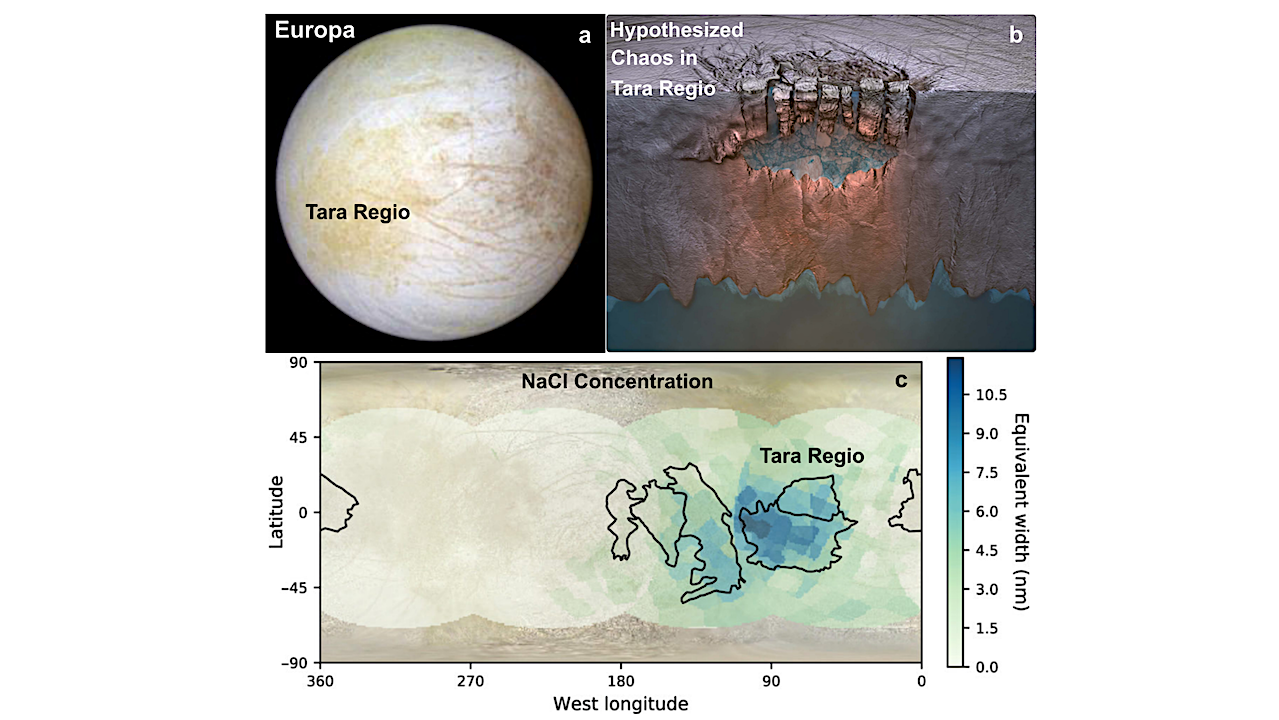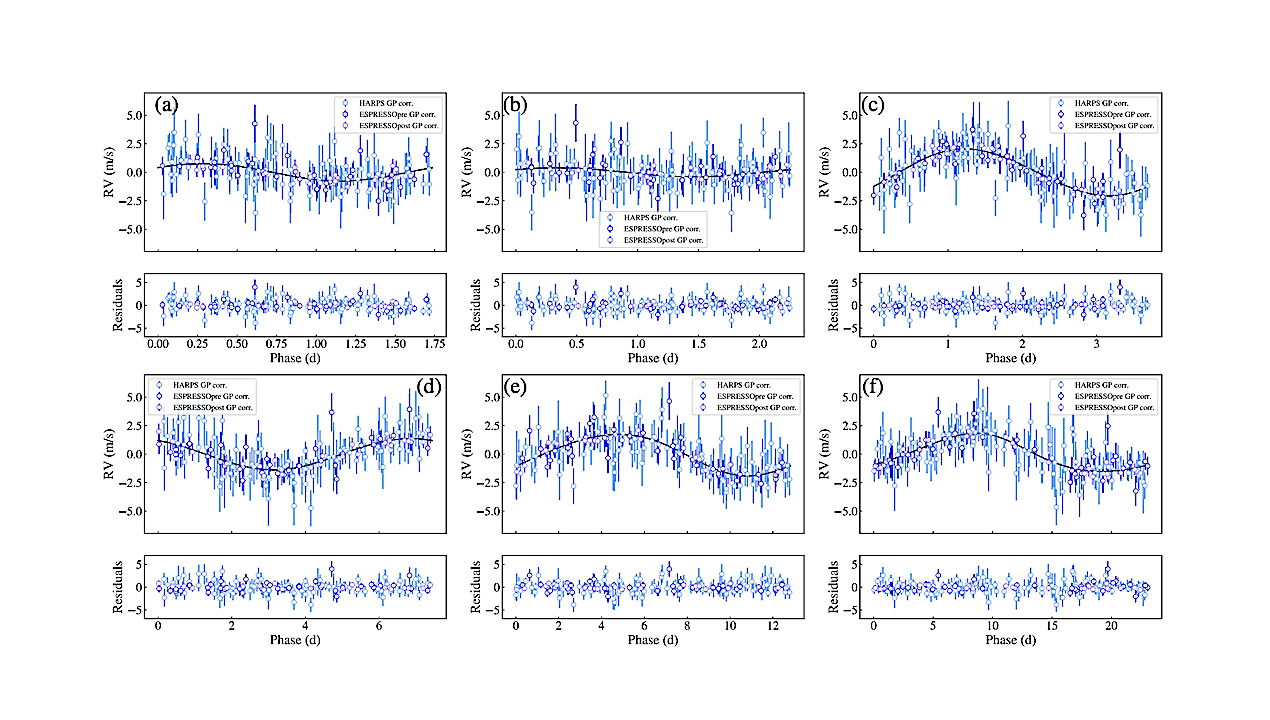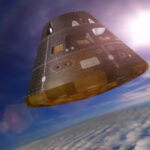Now Reading: Exoplanet Atmospheric Escape Observations with the Habitable Worlds Observatory
-
01
Exoplanet Atmospheric Escape Observations with the Habitable Worlds Observatory
Exoplanet Atmospheric Escape Observations with the Habitable Worlds Observatory
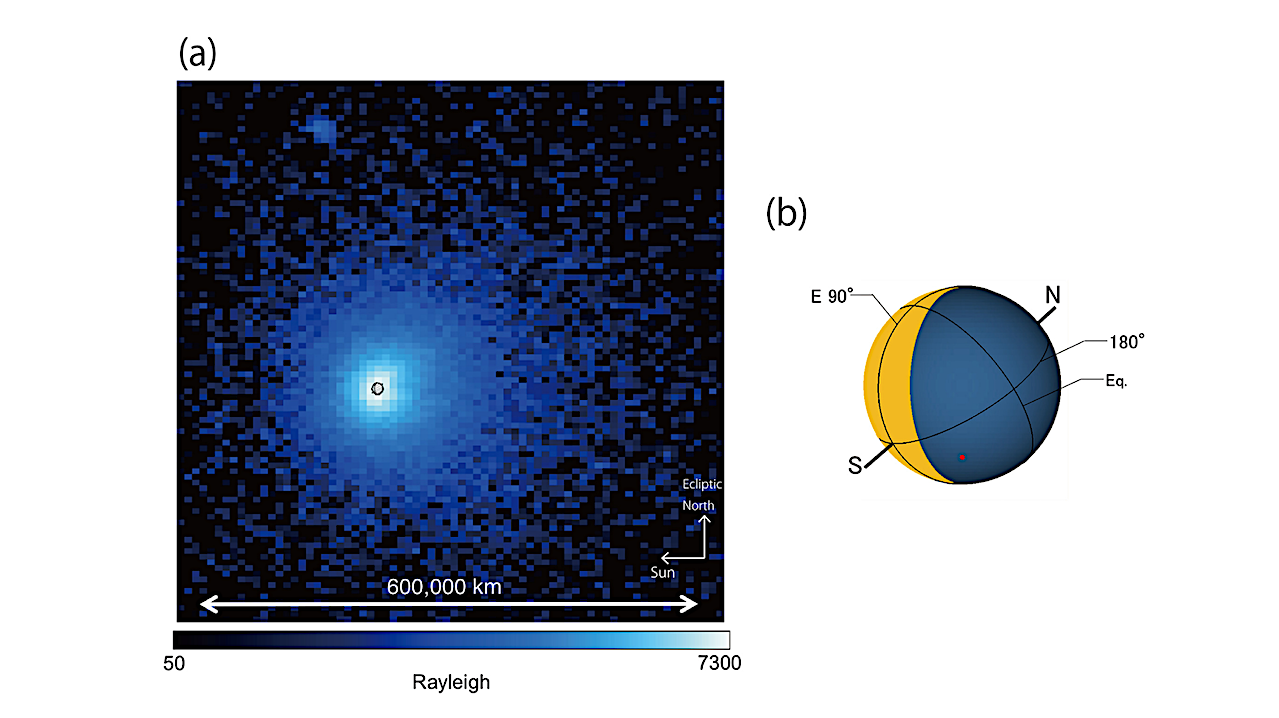
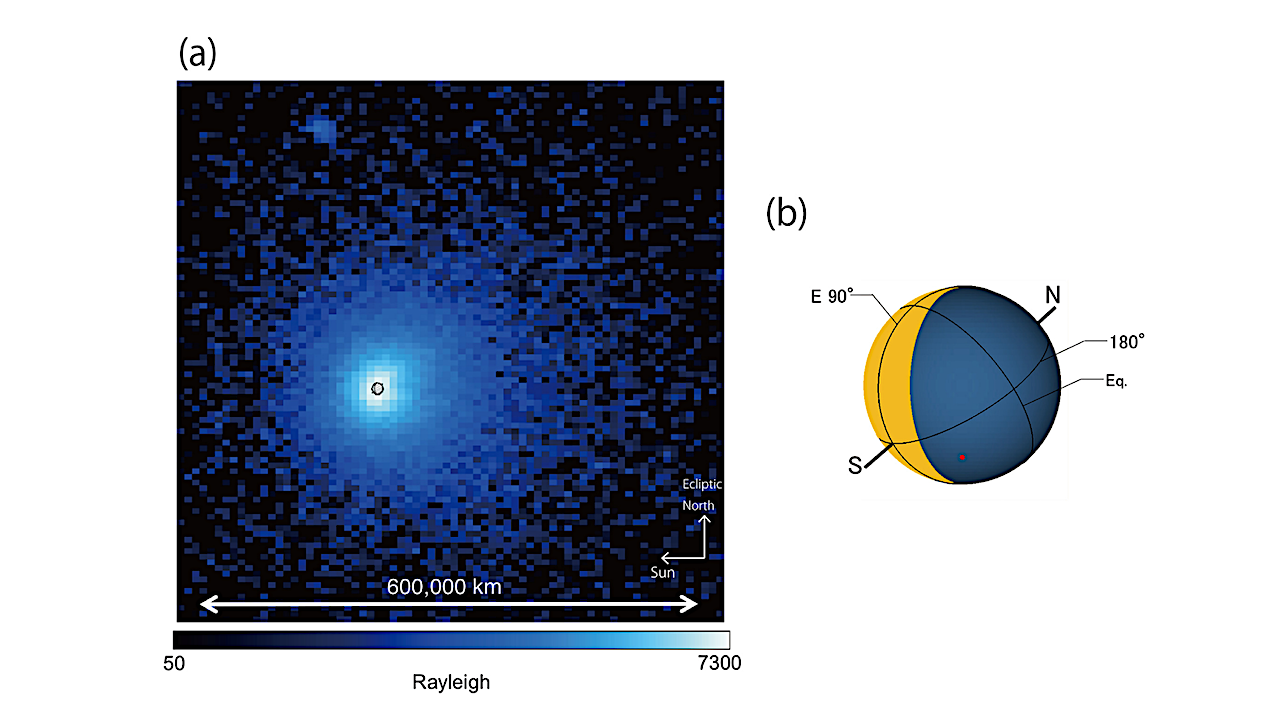
(a) The Earth’s extensive and H-rich exosphere scatters solar Lyman-α photons, producing the geocoronal airglow; (b) the geometry of Earth’s illumination by the Sun (adapted from Kameda et al. 2017). Due to its size, such a large exosphere can produce a potentially detectable absorption of stellar Lyman-α photons when observed in transit (Gomez de Castro et al. ´ 2018; Dos Santos et al. 2019a). — astro-ph.IM
The Decadal Survey on Astronomy and Astrophysics 2020 highlights the importance of advancing research focused on discovering and characterizing habitable worlds.
In line with this priority, our goal is to investigate how planetary systems evolve through atmospheric escape and to develop methods for identifying potentially Earth-like planets.
By leveraging the ultraviolet (UV) capabilities of the Habitable Worlds Observatory (HWO), we can use transit spectroscopy to observe atmospheric escape in exoplanets and explore the processes that shape their evolution, assess the ability of small planets to retain their atmospheres, and search for signs of Earth-like atmospheres.
To achieve this, we support the development of a UV spectrograph with moderate- to high-resolution capabilities for point-source observations, coverage of key spectral features in the 100-300 nm range, and detectors that can register high count rates reliably. This article is an adaptation of a science case document developed for the Characterizing Exoplanets Steering Committee within HWO’s Solar Systems in Context Working Group.
Leonardo A. Dos Santos, Eric D. Lopez, Luca Fossati, Antonio García Muñoz, Shingo Kameda, Munazza K. Alam, Keighley Rockcliffe, Seth Redfield, Yuichi Ito, Joshua Lothringer, Shreyas Vissapragada, Hannah R. Wakeford, Apurva V. Oza, Girish M. Duvvuri, Raissa Estrela, Ryoya Sakata, Chuanfei Dong, Ziyu Huang
Comments: 9 pages, 7 figures, HWO Science Case presented at “Towards the Habitable Worlds Observatory: Visionary Science and Transformational Technology”
Subjects: Instrumentation and Methods for Astrophysics (astro-ph.IM); Earth and Planetary Astrophysics (astro-ph.EP); Solar and Stellar Astrophysics (astro-ph.SR)
Cite as: arXiv:2507.07124 [astro-ph.IM] (or arXiv:2507.07124v1 [astro-ph.IM] for this version)
https://doi.org/10.48550/arXiv.2507.07124
Focus to learn more
Submission history
From: Leonardo A. Dos Santos
[v1] Tue, 8 Jul 2025 14:41:39 UTC (2,241 KB)
https://arxiv.org/abs/2507.07124
Astrobiology, Astrochemistry,
Stay Informed With the Latest & Most Important News
Previous Post
Next Post
-
 012024 in Review: Highlights from NASA in Silicon Valley
012024 in Review: Highlights from NASA in Silicon Valley -
 02Panasonic Leica Summilux DG 15mm f/1.7 ASPH review
02Panasonic Leica Summilux DG 15mm f/1.7 ASPH review -
 03How New NASA, India Earth Satellite NISAR Will See Earth
03How New NASA, India Earth Satellite NISAR Will See Earth -
 04And Thus Begins A New Year For Life On Earth
04And Thus Begins A New Year For Life On Earth -
 05Astronomy Activation Ambassadors: A New Era
05Astronomy Activation Ambassadors: A New Era -
06SpaceX launch surge helps set new global launch record in 2024
-
 07Space Force plans new ‘Futures Command’ amid pressure to speed up modernization
07Space Force plans new ‘Futures Command’ amid pressure to speed up modernization















